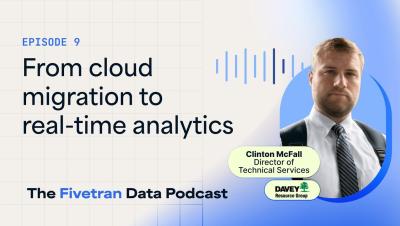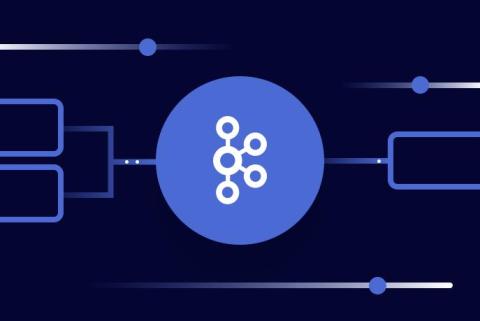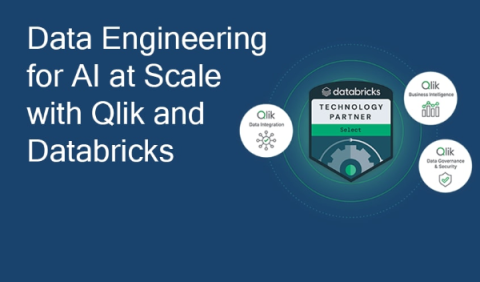3 Ways to Monetize Your Application Data with Embedded Analytics
Data is one of the most valuable commodities an organization has. Every company stores and manages a substantial amount of information. But how do you gain revenue from it? Here, we discuss three ways you can monetize data with an embedded analytics investment.










